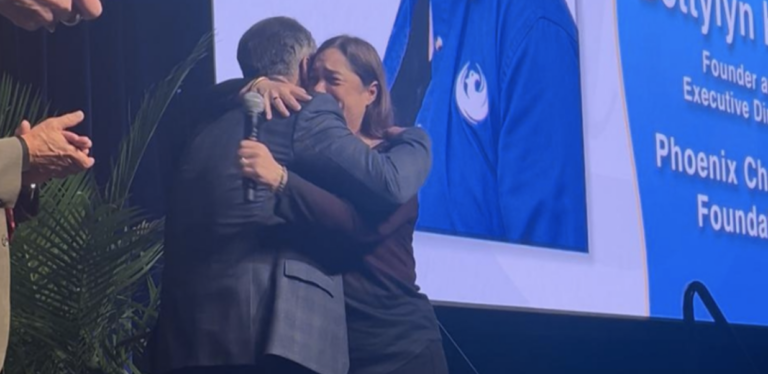In the competitive world of label manufacturing, waste reduction is not just an environmental concern—it’s a crucial factor in maintaining profitability and efficiency. This guide explores key strategies for waste reduction in label manufacturing.
The Importance of Data in Waste Reduction in Label Manufacturing
At the heart of effective waste reduction in label manufacturing lies a robust data collection and management system. By defining, measuring, and analyzing waste, manufacturers can identify areas for improvement and implement targeted solutions.
Establishing a Measurement Plan
To achieve consistent quality and minimize waste, label manufacturers must institute a measurement plan that controls data interpretation. This includes:
- Creating a controlled environment
- Setting clear targets
- Determining acceptable tolerances for data results
- Developing a plan for addressing data that falls outside established parameters
Waste Reduction Strategies Across Departments
Prepress: Consistency is Key
In prepress, waste reduction in label manufacturing starts with consistent and accurate proofing. While software-based services can streamline this process, human oversight remains crucial. High-level quality control approval after automated processes helps catch any errors that might slip through.
Color proofing accuracy is another critical factor. The press room must maintain consistency when creating color profiles and running live work to ensure predictable matches to the final output.
Platemaking: Quality Control Checkpoints
Implementing quality control checks in plate making is essential for waste reduction in label manufacturing. Key areas to monitor include:
- Raw material quality (gauge, laser ablation)
- UV lamp performance
- Plate processor cleanliness and maintenance
Using plate measuring devices to assess control strips can confirm that plate making equipment is functioning correctly, helping to isolate issues if defects appear in the final print.
Press Department: Standardization and Verification
The press department plays a crucial role in waste reduction in label manufacturing. Key focus areas include:
- Standardizing job make-ready procedures
- Establishing clear job approval processes
- Verifying print consistency throughout the run
Implementing standard procedures for operators, including inspection of raw materials and tooling, can significantly reduce waste. Setting guidelines for job approval and utilizing measurement devices for density, dot gain, and color data can ensure consistency and quality throughout the print run.
Leveraging Technology for Waste Reduction
Advancements in technology offer new opportunities for waste reduction in label manufacturing. Web-inspection color measurement devices can monitor print quality throughout a run, while software applications can guide operators to better color matches or store color information for repeat jobs.
These tools make it easier to maintain consistency over long runs and simplify the process of repeating jobs with minimal waste.
A Holistic Approach to Waste Reduction
Effective waste reduction in label manufacturing requires a comprehensive approach that spans all departments and processes. By implementing robust data collection and management systems, standardizing procedures, and leveraging modern technology, label manufacturers can significantly reduce waste, improve efficiency, and boost profitability.
Remember, the journey to waste reduction is ongoing. Continuously monitoring, measuring, and refining your processes is key to achieving and maintaining optimal results in your label manufacturing operations.
Ready to revolutionize your label manufacturing process and reduce waste? Partner with Anderson & Vreeland, the industry leader in innovative flexographic solutions. Our expert team can help you implement data-driven strategies, streamline your workflow, and optimize your production across all departments. From prepress consistency to advanced plate making quality control and press standardization, we have the tools and expertise to elevate your waste reduction efforts.


